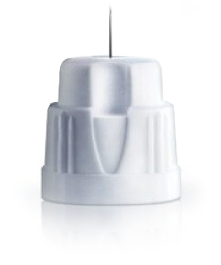Xultophy® 100/3.6 is a once-daily combination of a basal insulin (insulin degludec) and a GLP-1 receptor agonist (liraglutide) for adults with type 2 diabetes.1
Xultophy® 100/3.6 [ZUL-to-fye] is a once-daily injectable to improve glycemic control for adults with type 2 diabetes as an adjunct to diet and exercise.1
Xultophy® 100/3.6 [ZUL-to-fye] is a once daily injectable, for adults with type 2 diabetes as an adjunct to diet and exercise.1

FOR PHARMACISTS
What is Xultophy® 100/3.6?

Information to know when filling prescriptions
Get more information on Xultophy® 100/3.6





